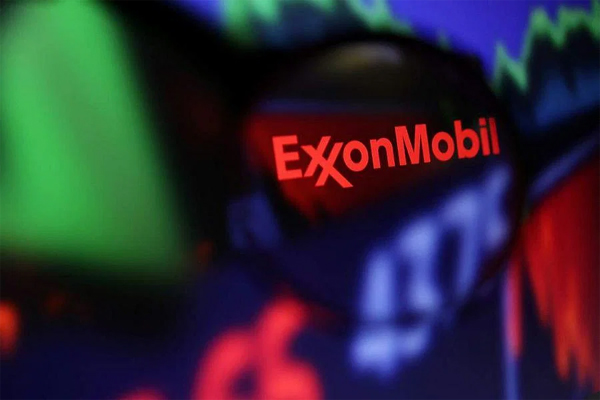
Kevin Crowley and Devika Krishna Kumar, Bloomberg News
HOUSTON
EnergiesNet.com 02 09 2023
Exxon Mobil Corp. is creating a global trading division to compete more aggressively with the likes of BP Plc and Shell Plc in the high-risk, high-reward world of energy derivatives.
The new division will bring together Exxon’s crude, natural gas, power and petroleum-product desks, the company said in an email to employees that was seen by Bloomberg. It’s part of a wider corporate reorganization that also will establish a global business hub to manage finance and procurement, and a new supply-chain unit.
Global Trading, to be formed later this year, will focus on “driving commercial intensity and ultimately delivering industry-leading trading results,” according to the email sent on Thursday. Specific details such as hiring targets and capital commitments were not disclosed.
Exxon shares rose as much as 1.8% on a day when benchmark crude futures fell and two-thirds of the oil and gas companies in the S&P 500 Index were declining.
Historically, Exxon has shunned speculative trading, preferring to focus on the production of oil, gas, motor fuels and chemicals. The company — which has employed derivative instruments sparingly relative to European rivals — could one day become a major competitor to commodity merchants like Glencore Plc, Trafigura Group and Vitol Group. The move comes after a three-year internal reorganization under Chief Executive Officer Darren Woods.
The oil titan has several advantages over more-established traders, despite being a relative newcomer. Exxon has an unparalleled global footprint of refineries, pipelines, ships and storage terminals, giving it unique insights into supply flows and demand trends. It’s also flush with cash after reaping record annual profits of $59 billion.
“We want simpler processes and more modern tools that allow us to work more quickly and with less frustration, at lower cost,” Exxon said in the email. “We want a company that operates at scale, taking advantage of our integrated business model in everything it does.”
The changes will not involve headcount reductions, the company said. Chief Financial Officer Kathy Mikells and upstream boss Liam Mallon were scheduled to host an employee forum to discuss the initiatives on Thursday. The company is three-fourths of the way toward achieving its target of $9 billion in annual cost savings, compared with 2019 levels, Woods said on Jan. 31.
The potential rewards from venturing into trading are enormous. Trafigura, for example, raked in a record $7 billion profit in the most-recent financial year — more than the prior four years combined. Shell said last week that trading was on of the key drivers of its better-than-expected fourth-quarter performance.
Exxon first dipped its toes in trading in 2018 but took a cautious approach, gradually hiring traders and building out systems with a focus on natural hedges around its operations rather than speculative bets. During the pandemic, the company pulled back, cutting capital available to traders at a time of extreme market volatility that delivered massive profits to rivals oil companies.
Surging demand for commodities in 2021 along with supply disruptions after Russia’s invasion of Ukraine last year have continued to buoy trading profits. Exxon’s trading operation had its best-ever year in 2022 and has hired traders as recently as this year.
When Exxon posted company-wide results last week, it flagged $2.8 billion in profit from derivatives positions “resulting from lower gas prices.” It wasn’t immediately clear whether these paper gains were a reflection of the company’s overall trading performance.
bloomberg.com 08 09 2023











